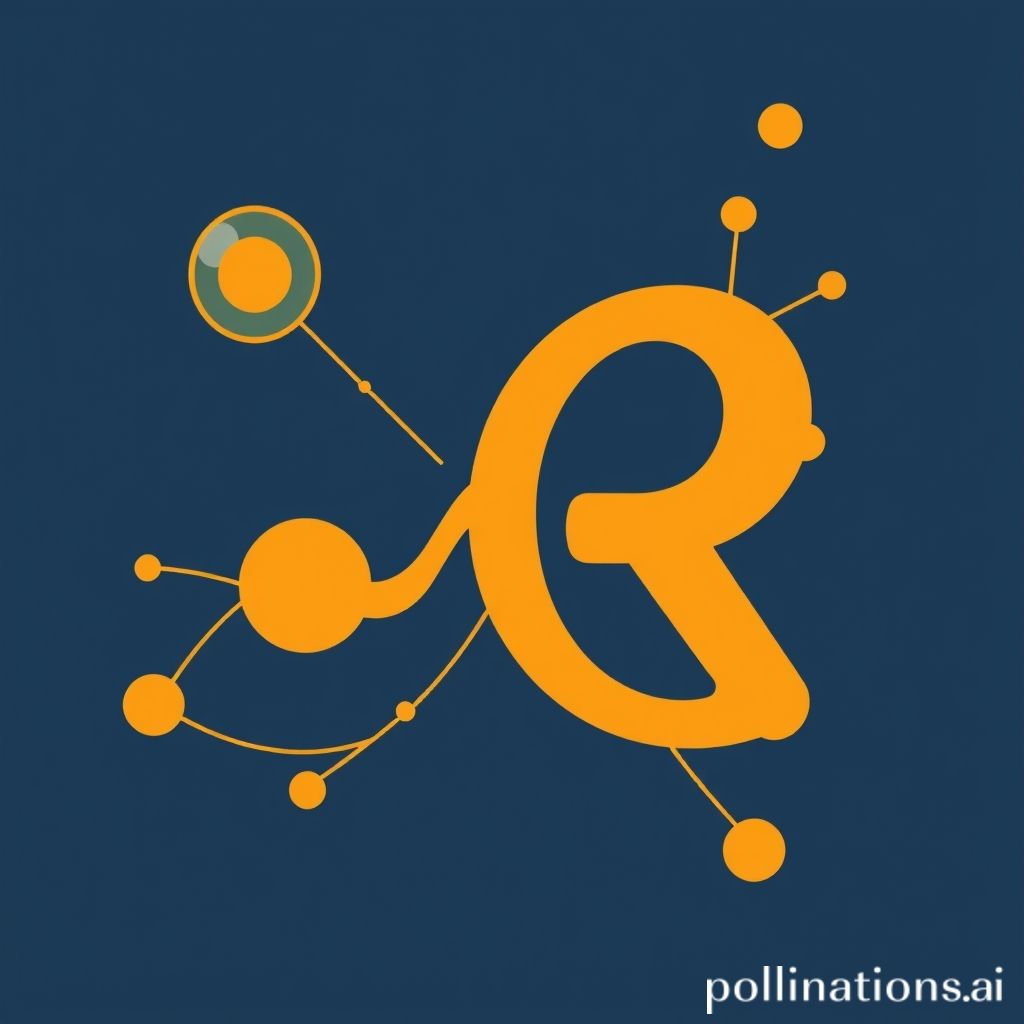
Introduction to Data Science with R
Data Science is an interdisciplinary field that uses various techniques, algorithms, processes, and systems to extract knowledge and insights from structured and unstructured data. In recent years, R has emerged as one of the leading programming languages in the field of Data Science due to its powerful data manipulation capabilities and extensive libraries.
What is R?
R is an open-source programming language and software environment primarily used for statistical computing and graphics. It was created by Ross Ihaka and Robert Gentleman at the University of Auckland, New Zealand, and is now maintained by the R Development Core Team. R provides a wide range of statistical and graphical techniques, making it an ideal choice for data analysis.
Why Use R for Data Science?
- Statistical Analysis: R was designed for statistical analysis and provides extensive tools for this purpose.
- Data Visualization: R has powerful visualization libraries such as ggplot2, allowing for easy creation of informative and attractive graphics.
- Community Support: R has a large and active community that contributes packages, libraries, and extends its functionality.
- Reproducibility: R enables reproducible research, allowing others to replicate analyses using the same code and data.
- Integration: R can be easily integrated with other programming languages and tools, such as Python, SQL, and Hadoop.
Getting Started with R
To begin your journey into Data Science with R, follow these steps:
- Install R: Download and install R from the Comprehensive R Archive Network (CRAN) website.
- Install RStudio: RStudio is an integrated development environment (IDE) that makes coding in R more manageable.
- Learn Basic Syntax: Familiarize yourself with R's basic syntax, including variables, data types, and control structures.
- Explore Data Manipulation: Learn to manipulate datasets using packages like dplyr and tidyr.
- Dive into Data Visualization: Start creating graphs and plots with ggplot2, this will help you gain insights through visual representation.
- Statistical Analysis: Explore R's statistical functions and perform analyses like linear regression, hypothesis testing, and more.
Popular Libraries in R for Data Science
Several libraries enhance R's capabilities for Data Science:
- dplyr: For data manipulation and transformation.
- ggplot2: For data visualization and creating plots.
- tidyr: For data tidying and restructuring.
- caret: For machine learning and predictive modeling.
- shiny: For building interactive web applications for data presentation.
Conclusion
R is a versatile and powerful tool for Data Science, providing a rich ecosystem for data manipulation, statistical analysis, and visualization. By mastering R, aspiring data scientists can equip themselves with the necessary skills to analyze complex datasets and derive valuable insights.
